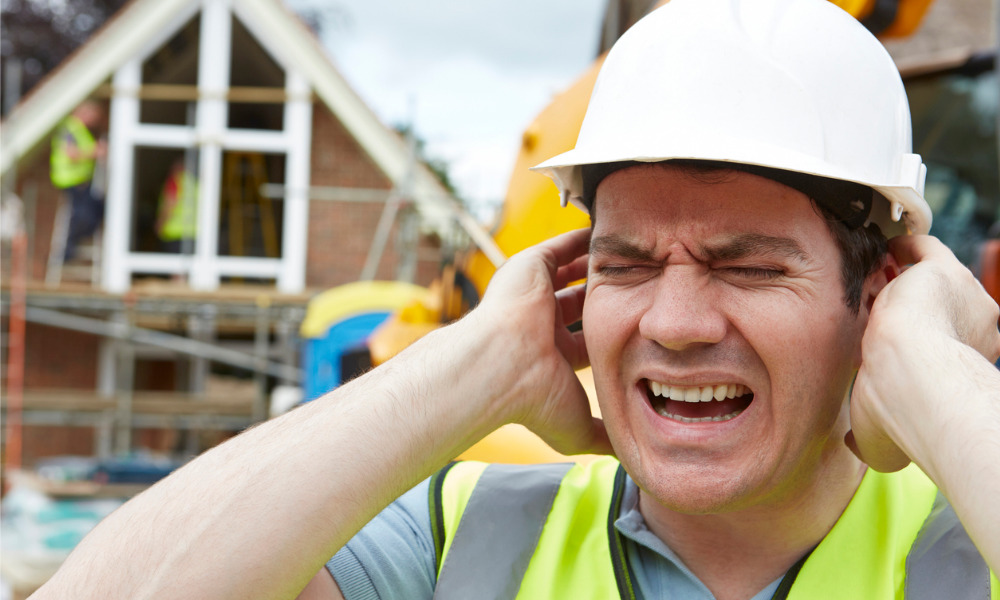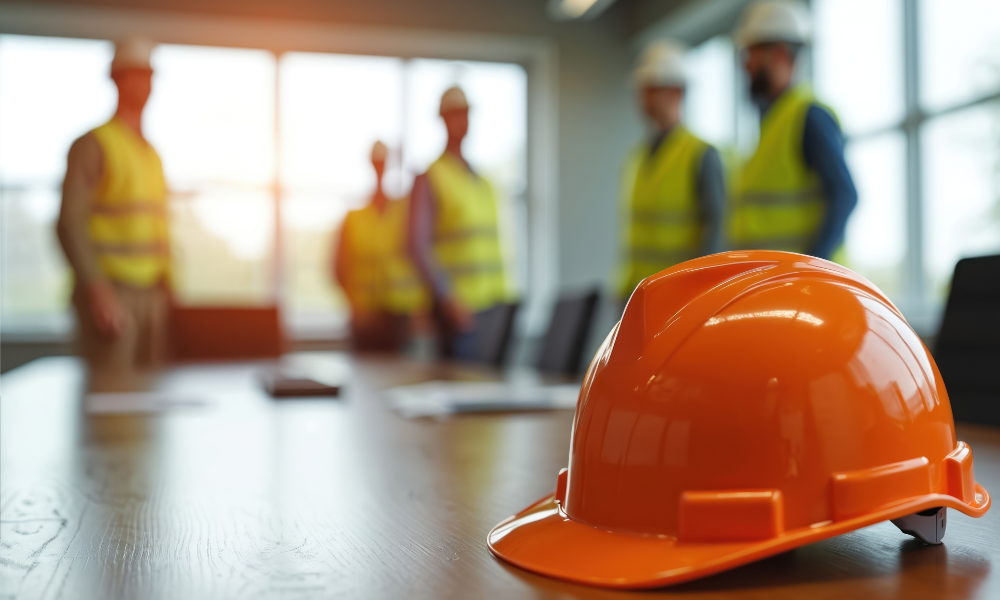Construction workers are among the trades most vulnerable to hearing loss

A recent publication by the American Industrial Hygiene Association (AHIA) has highlighted hearing loss as one of the top four major construction health hazards.
Indeed, while noise exposure is a huge concern for workers in a number of industries, those working on construction sites are particularly vulnerable.
Construction workers are often also exposed to intermittent and fluctuating noise levels throughout the day.
Noise levels on a construction site can vary depending on the type of equipment and the length of time it is in use.
Many construction sites utilize heavy equipment with noise levels well beyond safe levels of exposures. Some tasks such as jackhammering can exceed 100dBA.
One of the biggest dangers of this level of noise exposure is hearing loss.
A study by the National Institute for Occupational Safety & Health (NIOSH) suggests that 73 percent of the time construction workers are exposed to noise above 85dBA. And as reported by WorkSafeBC, “construction workers have higher rates of hearing loss than workers in other noisy industries. And many young construction workers are not wearing their hearing protection.”
One way that workers and employers can improve on-site safety is to invest in (and wear) appropriate PPE to protect their hearing.
“Hearing protectors play an important role in hearing conservation. The hearing protector must be comfortable, fit properly and provide adequate protection for the environment,” says 3M.
“Compatibility with other PPE, the workers’ ability to communicate and individual fit testing of earplugs and earmuffs must also be considered.”
There is a wide variety of earplugs (foam, push-to-fit and reusable earplugs), earmuffs (over-the-head, helmet-attached or back band models) and communications systems (earplug or earmuff options) available for a worker to choose the best option for their needs and their environment. Furthermore, communication systems with environmental microphones may help amplify warning signals or back-up alarms of moving equipment, says 3M.
“This webinar will focus on hearing loss prevention in the construction segment outlining noise hazards and case studies specific to construction. Strategies such as implementation of fit testing, training, advanced hearing protection technologies along with audio demonstrations will be explored,” says 3M.





